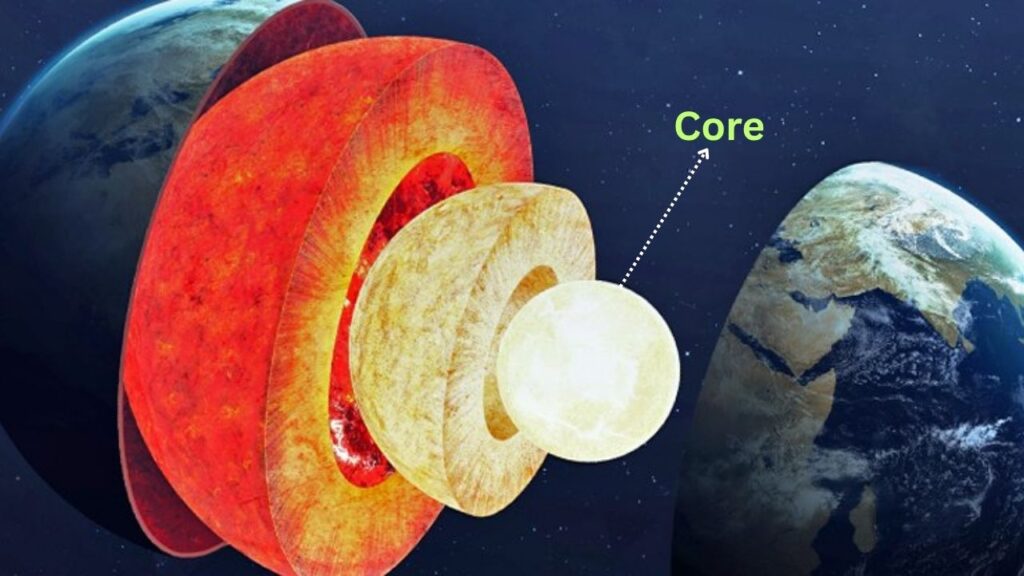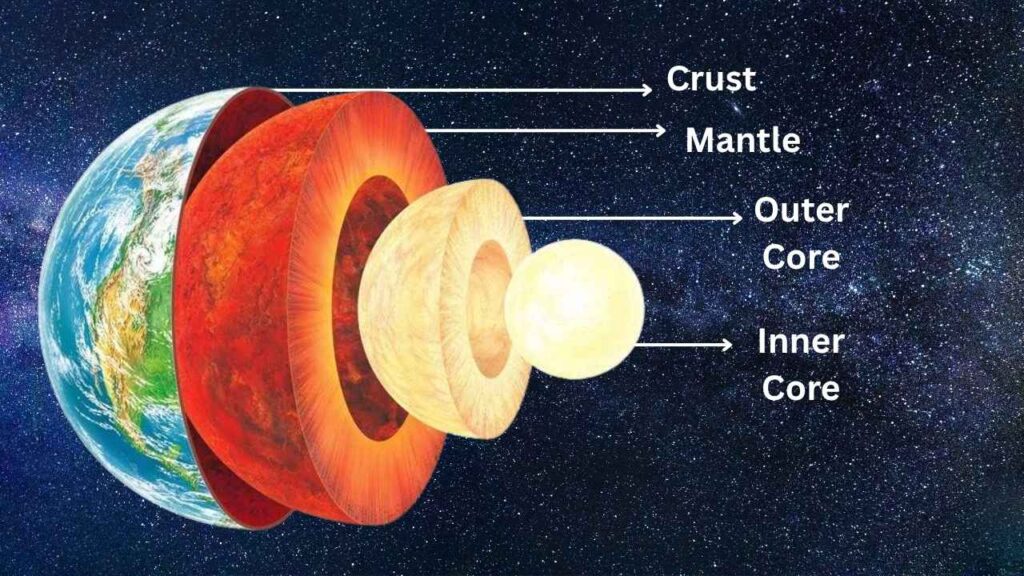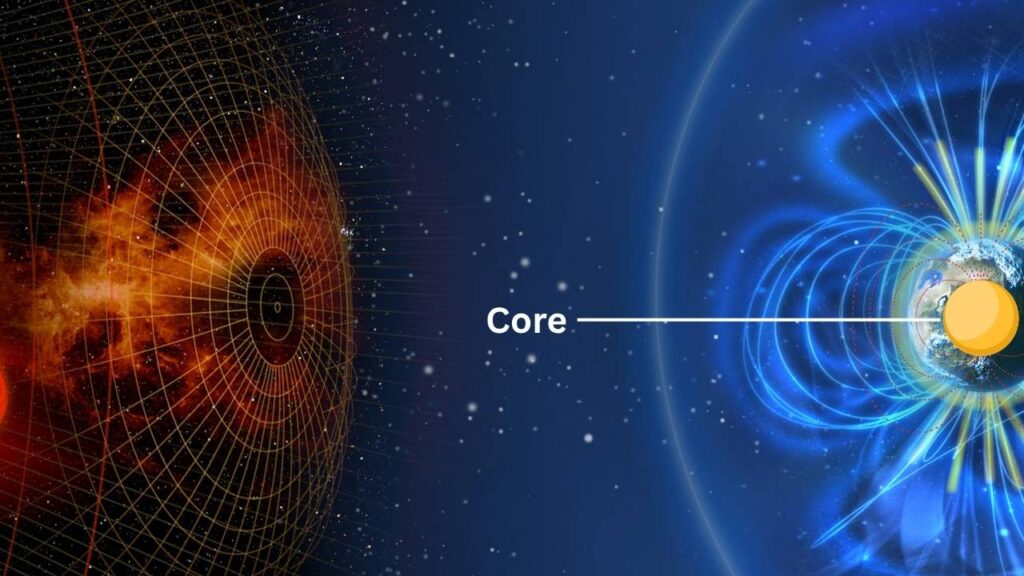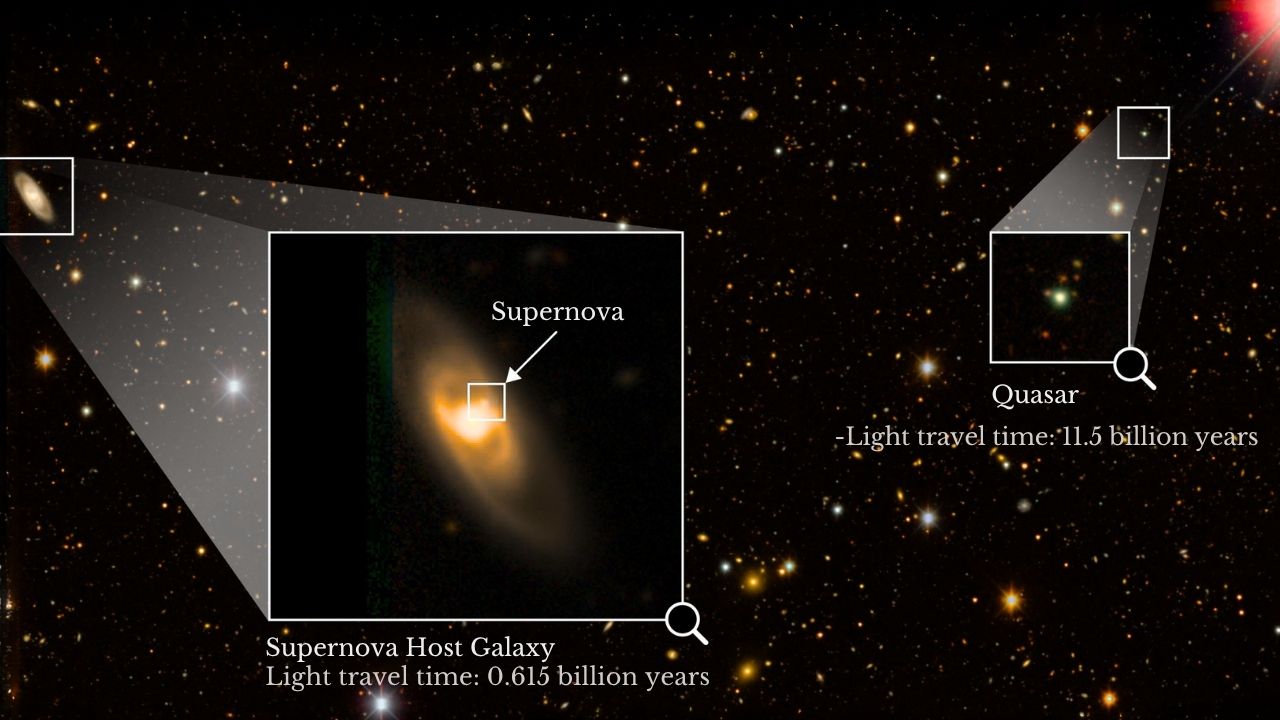The Earth’s core has always been a source of fascination, not just for scientists but for anyone who has ever wondered what lies beneath our feet. In 2025, new research has unveiled that the planet’s innermost region is even more complex and mysterious than previously believed. Recent discoveries show that the Earth’s inner core is not only changing its rotation but also its shape, and that the boundary between the core and mantle is far more dynamic and active than earlier models suggested.

These findings are reshaping our understanding of how our planet functions, influencing everything from the length of our days to the forces behind earthquakes and volcanoes.
Earth’s Core Just Got Even Weirder
| Topic/Keyword | Key Data & Facts | Professional Insights |
|---|---|---|
| Inner Core Shape | Inner core is changing shape, not a perfect sphere; edges are softer than previously thought | May impact Earth’s magnetic field and day length |
| Rotation Changes | Inner core’s independent spin is slowing; previously thought to rotate faster than the surface | Could subtly change the length of a day over centuries |
| Core-Mantle Boundary | “D-double-prime” layer: solid rock flows like honey at 3,000 km depth | Explains seismic wave anomalies, affects plate tectonics and volcanic activity |
| Composition | Inner core: mostly iron and nickel, ~1,220 km radius, ~5,200°C | Drives Earth’s magnetic field |
| Seismic Data | 121 repeating earthquakes analyzed (1991–2024) to track changes in inner core | Seismic waves reveal structure and movement deep inside Earth |
The Earth’s core is far more dynamic and complex than anyone imagined. With its shape-shifting inner sphere, flowing solid rock, and mysterious layers, our planet’s heart is a place of constant change and discovery. These new findings don’t just satisfy curiosity—they help us understand the forces that shape our world, protect our technology, and even determine the length of our days. As research continues, the core will likely reveal even more astonishing secrets.
Understanding Earth’s Core: The Basics and Beyond
The Classic Four-Layer Model

Traditionally, Earth’s structure is described as having four main layers:
- Crust: The thin, rocky surface where all life exists.
- Mantle: A thick, mostly solid layer of silicate rock that slowly flows over time.
- Outer Core: A swirling, liquid layer of iron and nickel.
- Inner Core: A solid, super-hot sphere of mostly iron and nickel.
This model, while foundational, is now being revised as scientists uncover new complexities deep within the planet.
What’s New? The Surprising Complexity of the Inner Core
The Shape-Shifting Inner Core

Recent seismic studies have revealed that the inner core is not a perfectly solid sphere. Instead, its edges are softer and can be deformed by the powerful currents of the liquid outer core. In some regions, the inner core is being pushed and reshaped by as much as a kilometer or two. This means the inner core is a dynamic, living part of the planet, not just a static ball of metal.
The Inner Core’s Rotation: Slowing Down
For decades, geophysicists believed the inner core rotated slightly faster than the rest of the planet—a phenomenon called “superrotation.” However, new research indicates that this independent spin is now slowing down. While the changes are subtle—just a few milliseconds difference in the length of a day over many years—they highlight the ongoing, dynamic processes at Earth’s center.
The “D-double-prime” Layer: A Flowing Solid
At the boundary between the core and the mantle, nearly 3,000 kilometers beneath the surface, lies the D” (D-double-prime) layer. This region is unlike anything else on Earth: here, solid rock flows like honey. Under extreme pressure and heat, minerals in this layer align and move, creating a kind of deep-Earth current. This flowing solid is key to understanding how heat and material move from the core to the mantle, influencing everything from volcanic eruptions to the movement of continents.
How Scientists Study the Earth’s Core
Seismic Waves: The Planet’s Deep Messengers
Because no one can physically reach the core, scientists use seismic waves generated by earthquakes to study Earth’s interior. These waves travel through the planet and are detected by sensors around the globe. By analyzing how the waves change speed, direction, or intensity, researchers can infer the structure and properties of the layers they pass through.
- Repeating Earthquakes: By tracking 121 repeating earthquakes over three decades, scientists have been able to map changes in the inner core’s structure and movement.
- Wave Patterns: Differences in how seismic waves move through the core reveal areas that are softer, denser, or moving differently.
Laboratory Simulations and Computer Models
To supplement seismic data, researchers recreate the extreme conditions of Earth’s interior in high-pressure laboratories. By compressing and heating samples of rock and metal, they observe how materials behave under core-like conditions. These experiments, combined with advanced computer modeling, help explain the seismic observations and predict how the core might evolve over time.
Why Does This Matter? Real-World Implications
Earth’s Magnetic Field: Our Planet’s Protective Shield
The movement of the core—especially the swirling currents in the liquid outer core—generates Earth’s magnetic field. This field protects us from harmful solar and cosmic radiation, making life on Earth possible. Changes in the core’s movement or structure could affect the strength and direction of the magnetic field, potentially impacting navigation systems, animal migration, and even the safety of satellites and astronauts.

Plate Tectonics and Earthquakes
The D” layer’s flowing solid rock plays a crucial role in transferring heat and material from the core to the mantle. This process drives the movement of tectonic plates, which causes earthquakes, volcanic eruptions, and mountain building. Understanding these deep processes helps scientists better predict and prepare for natural disasters.
The Length of Our Day
The slowing rotation of the inner core might seem insignificant, but over millions of years, it can subtly change the length of a day on Earth. This is a reminder that our planet is always evolving, even in ways we can’t see.
Practical Insights and Examples
For Students and Young Learners
- Stay Curious: The Earth is full of surprises, and science is always uncovering new mysteries.
- Explore Interactive Resources: Visit the USGS Earth’s Interior for interactive maps, animations, and simple explanations about Earth’s structure.
For Professionals and Educators
- Update Educational Materials: Incorporate the latest discoveries about the core’s structure and behavior into classroom lessons and textbooks.
- Use Seismic Data: Geologists, engineers, and disaster management professionals can leverage seismic wave analysis to assess earthquake risks and understand deep Earth processes.
- Monitor Magnetic Changes: Professionals in navigation, aviation, and telecommunications should stay informed about shifts in the Earth’s magnetic field, as these can affect technology and infrastructure.
For Everyone
- Appreciate Earth’s Dynamic Nature: Our planet is not a static ball of rock—it is a living system with ongoing changes deep within.
- Support Science and Research: Continued investment in scientific research helps us better understand and protect our world.
A Step-by-Step Guide to Understanding Earth’s Core Mysteries
Step 1: Know the Layers
Recognize the basic structure: crust, mantle, outer core, inner core. Each layer has unique properties and functions.
Step 2: Follow the Data
Understand that scientists use seismic waves, laboratory experiments, and computer models to study the core. No one has drilled to the core; all knowledge comes from indirect observations.
Step 3: Grasp the New Discoveries
- The inner core is not a perfect sphere; it can be deformed.
- The inner core’s rotation is slowing, which may affect the length of a day.
- The D” layer is a region of solid rock that flows, influencing tectonic and volcanic activity.
Step 4: Realize the Impacts
These discoveries affect our understanding of the magnetic field, earthquake prediction, and even the passage of time.
Step 5: Stay Informed
Keep up with new research from trusted scientific organizations and educational resources.
Scientists Detect Giant Void in the Universe—Could This Solve the Big Bang Mystery?
Breakthrough Discovery Reveals Surprising New Behaviors in Soft Materials
China’s Space Program Heats Up With 16 Launches and Mars Sample Return Plans
FAQs About Earth’s Core Just Got Even Weirder
Q1: Is the Earth’s inner core really changing shape?
Yes. Seismic studies show the inner core is not a perfect sphere and can be deformed by the movement of the outer core.
Q2: What is the inner core made of?
The inner core is mostly iron and nickel, with a radius of about 1,220 kilometers and temperatures reaching approximately 5,200°C.
Q3: How does the core affect the length of a day?
The rotation of the inner core is slowing down, which may gradually change the length of a day by a few milliseconds each year.
Q4: What is the D” layer?
The D” (D-double-prime) layer is a mysterious region at the core-mantle boundary where solid rock flows like a liquid, helping drive the movement of tectonic plates and volcanic activity.
Q5: How do scientists study the Earth’s core?
They use seismic waves from earthquakes, laboratory experiments that simulate high pressure and temperature, and computer models to infer the core’s properties.








